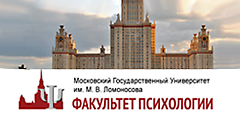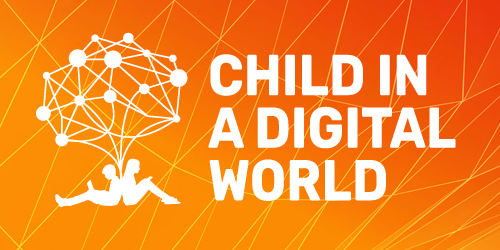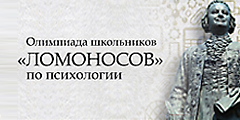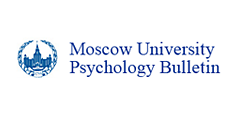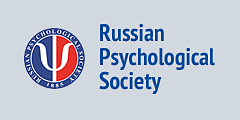Social psychology
-
The Relationship Between Perceived Discrimination, Acculturation Attitudes, and Adaptation among Anglophone African Immigrants in Russia: The Moderating Role of NeuroticismPDF HTML4011“ CITE
Ivande, S.K., Ryabinchenko, T. (2023). The Relationship Between Perceived Discrimination, Acculturation Attitudes, and Adaptation among Anglophone African Immigrants in Russia: The Moderating Role of Neuroticism. Psychology in Russia: State of the Art, 16(1), 77-98. DOI: 10.11621/pir.2023.0105
copied
-
Exploring the Associations between Happiness, Life-satisfaction, Anxiety, and Emotional Regulation among Adults during the Early Stage of the COVID-19 Pandemic in RussiaPDF HTML3993“ CITE
Kornienko, D.S., Rudnova, N.A. (2023). Exploring the Associations between Happiness, Life-satisfaction, Anxiety, and Emotional Regulation among Adults during the Early Stage of the COVID-19 Pandemic in Russia. Psychology in Russia: State of the Art, 16(1), 99–113. DOI: 10.11621/pir.2023.0106
copied
-
Determinants of Russian Attitudes Toward a Green Economy During the Covid-19 Pandemic
-
Social Axioms and Individual Values as Predictors of COVID-19 Fear among University Students from Countries with Different Government Strategies for Managing the PandemicPDF HTML4440“ CITE
Murashcenkova, N.V. (2023). Social Axioms and Individual Values as Predictors of COVID-19 Fear among University Students from Countries with Different Government Strategies for Managing the Pandemic. Psychology in Russia: State of the Art, 16(1), 44-65. DOI: 10.11621/pir.2023.0103
copied
-
The Relationship between Subjective Well-being and Social Support among Jordanian University Students
-
Social Perceptions of Gender Differences and the Subjective Significance of the Gender Inequality Issue
-
Differences in Attitudes toward Mental Health among Boys from Religious and Non-religious Families Experiencing Religious and Secular Education
-
Fake News through the Eyes of Three Generations of Russians: Differences and Similarities in Social Representations
-
Trends in the Study of Cultural-historical Phenomena on the Internet (based on a study of Russians’ attitudes towards money)
-
The Relationship Between Value Orientations and Personal Readiness for Activity in Youth From Russia, Kazakhstan and LatviaPDF HTML5301“ CITE
Perikova, E.I., Atamanova, I.V., Bogomaz, S.A., Karipbayev, B.I., Filippova, T.S., Zagulova, D. (2021). The Relationship Between Value Orientations and Personal Readiness for Activity in Youth From Russia, Kazakhstan and Latvia. Psychology in Russia: State of the Art, 14(2), 118-136. DOI: 10.11621/pir.2021.0208
copied
-
News About Terrorism and Attitudes Toward Countries: The Role of Mortality Salience and Intergroup Threat
-
The Relationship Between Human Values and Acceptability of Corruption in Russia and Greece
-
Practical Universalism and Multiple Social Categorization: Can Different Social Biases Counterbalance Each Other?
-
National Identity Management Strategies: Do they Help or Hinder Adoption of Multiculturalism in Russia?
-
Basic Values in Russia: Their Dynamics, Ethnocultural Differences, and Relation to Economic Attitudes
-
Personal Sovereignty in Adolescents and Youth from Armenia, China, and Russia



